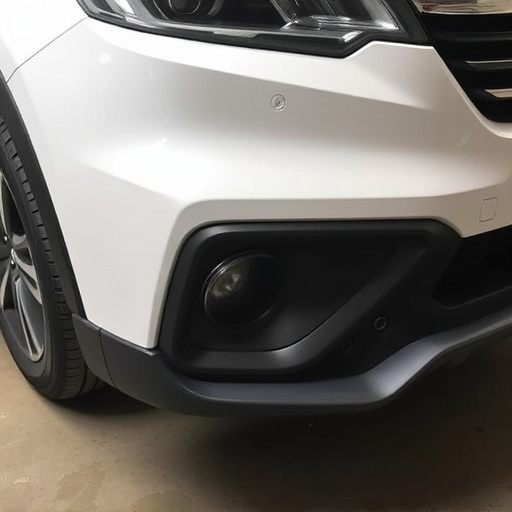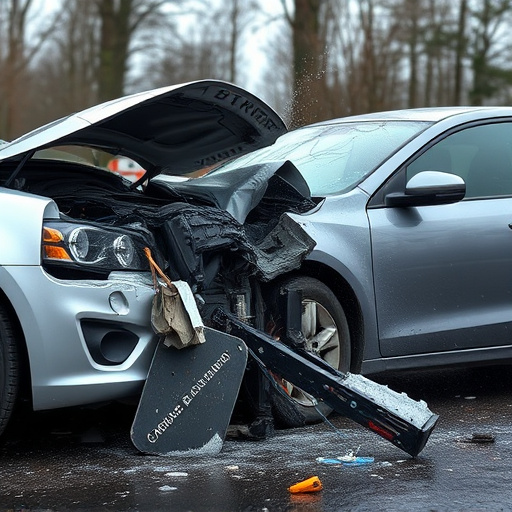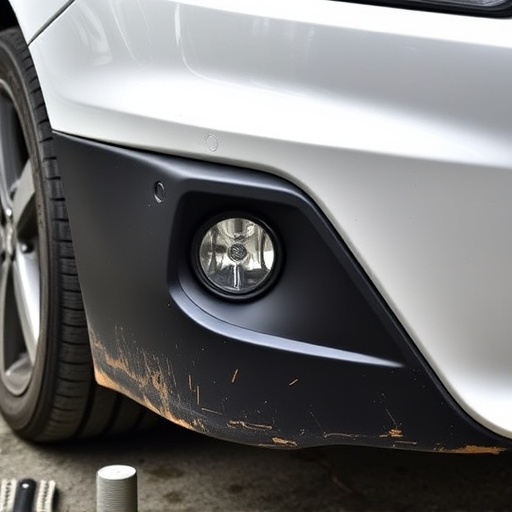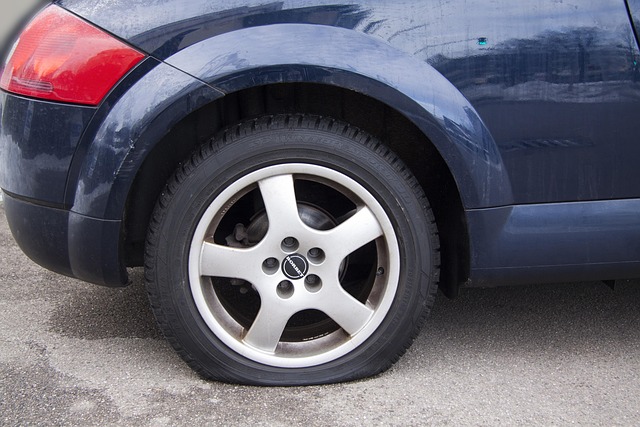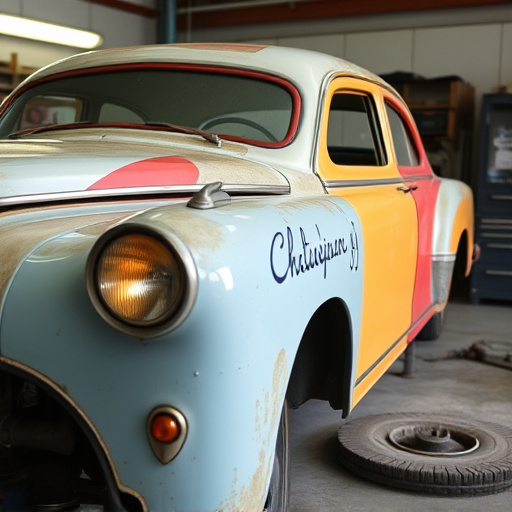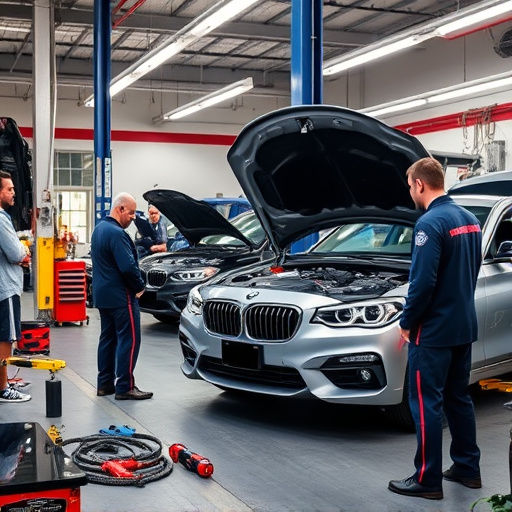Adopting eco-friendly standards in automotive collision repair is both a trend and a necessity, aiming to minimize ecological impact through waste reduction, resource conservation, and recycling. Using green materials, water-based paints, and efficient waste management, shops can decrease their carbon footprint, attract sustainability-focused customers, and lower operational costs. Training staff via interactive workshops and case studies demystifies eco-techniques, fostering a culture of environmental stewardship. Measured through clear goals and KPIs, these practices contribute to a greener automotive industry, setting an example for other car repair services.
In today’s environmentally conscious world, the automotive industry is undergoing a green revolution. Training staff to embrace eco-friendly collision repair standards is not just a trend but a necessary step towards sustainability. This article delves into the benefits and goals of eco-friendly collision repair, explores effective training strategies for staff adoption of green practices, and provides insights on implementing and measuring success in eco-conscious repair techniques.
- Understanding Eco-Friendly Collision Repair: Benefits and Goals
- Training Strategies for Staff Adoption of Green Practices
- Implementing and Measuring Success in Eco-Conscious Repair Techniques
Understanding Eco-Friendly Collision Repair: Benefits and Goals

In the realm of automotive collision repair, embracing eco-friendly standards is not just a trend but a necessary step towards sustainability and a healthier environment. Eco-friendly collision repair focuses on minimizing the ecological impact by adopting practices that reduce waste, conserve resources, and promote recycling. This approach benefits both the industry and the planet in numerous ways.
By implementing these standards, auto collision repair shops can significantly decrease their carbon footprint. It involves using environmentally conscious materials for car body repair, opting for water-based paints and solvents over toxic chemicals, and efficiently managing waste streams to prevent pollution. These practices not only contribute to a cleaner, greener planet but also offer economic advantages, such as reduced operational costs and increased customer loyalty among those who prioritize sustainability.
Training Strategies for Staff Adoption of Green Practices
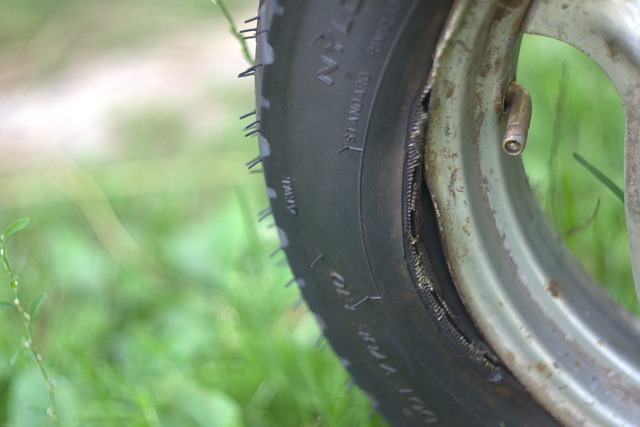
Implementing eco-friendly practices in collision repair isn’t just a trend; it’s a necessary shift to ensure sustainability and meet evolving customer expectations. Training staff to embrace these green standards is vital for any automotive business aiming to stay competitive and environmentally responsible. One effective strategy involves interactive workshops that demystify eco-friendly car collision repair techniques. These sessions can cover topics like using biodegradable cleaning agents, selecting sustainable materials for car body restoration, and implementing efficient waste management systems. By providing hands-on experience and knowledge, technicians gain the confidence to apply these practices consistently.
Additionally, offering ongoing training programs ensures that staff stay updated with the latest advancements in green auto painting and repair technologies. This continuous learning approach fosters a culture of environmental stewardship within the workshop. Incorporating real-world case studies and successful eco-friendly collision repair examples can inspire employees to embrace change. With the right training strategies, staff will not only adopt sustainable practices but also become ambassadors for responsible car care, contributing to a greener automotive industry.
Implementing and Measuring Success in Eco-Conscious Repair Techniques

Implementing eco-conscious practices in collision repair involves a strategic shift from traditional methods to more sustainable alternatives. This process begins with training staff to identify and utilize green materials, equipment, and techniques throughout the repair process. Body shop services that embrace these changes become leaders in the industry by reducing their environmental impact.
Measuring success in eco-friendly collision repair requires setting clear goals and tracking key performance indicators (KPIs). Auto collision repair shops can demonstrate their commitment to sustainability by quantifying savings in waste, energy consumption, and greenhouse gas emissions. Regular reviews and adjustments to these metrics ensure continuous improvement, fostering a culture of environmental responsibility within the shop and setting an example for other car repair services to follow.
Training staff to embrace eco-friendly collision repair standards is not just a responsible business move, but also a strategic one. By implementing green practices, auto body shops can reduce their environmental impact, cut costs through efficient resource use, and meet growing consumer demand for sustainable products and services. Through comprehensive training, utilizing modern technologies, and setting measurable goals, businesses can successfully navigate the shift to eco-conscious collision repair, contributing to both a greener planet and their bottom line.


